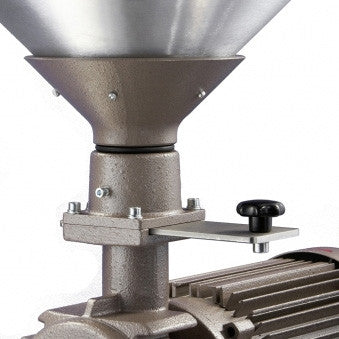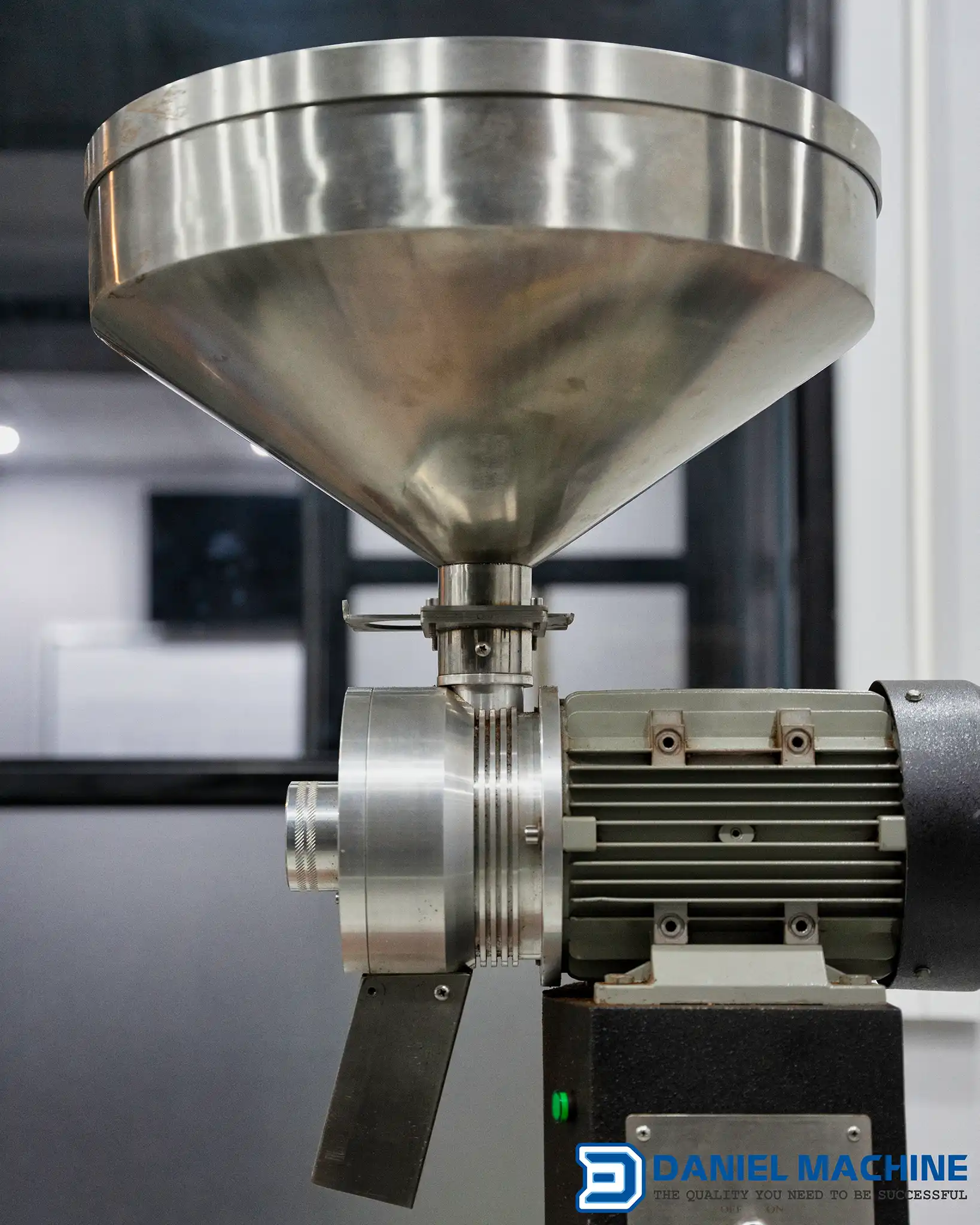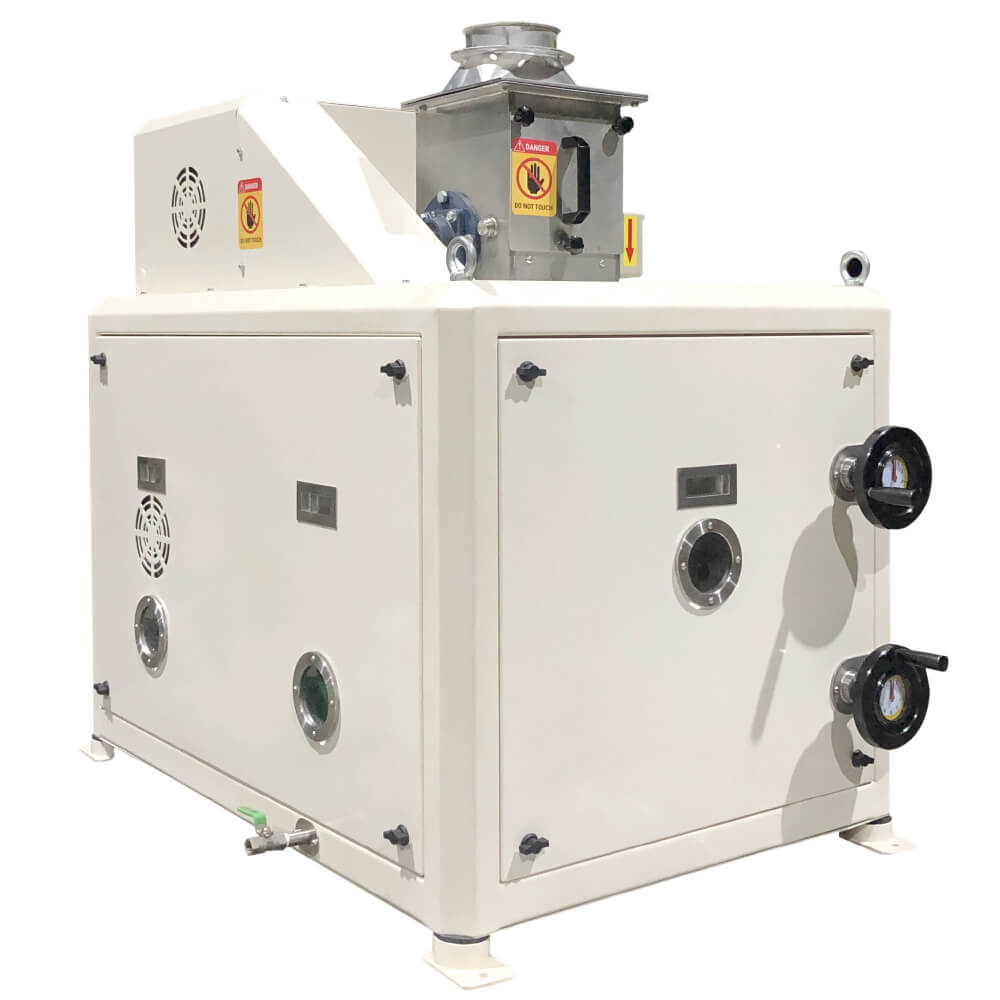Industrial Coffee Grinder: Important Qualities to Look for When Buying
Industrial Coffee Grinder: Important Qualities to Look for When Buying
Blog Article
Industrial Coffee Mill Overview: Increase Effectiveness and High Quality
In the competitive landscape of coffee production, picking the best commercial coffee mill plays an essential duty in improving both performance and item quality. Understanding the nuances of numerous mill types and vital attributes-- such as adjustable work setups and durable building and construction-- can substantially affect the last flavor account of the coffee. The optimization of the grinding procedure, paired with persistent maintenance, is essential for maintaining performance over time. As we discover these vital components, it becomes evident that the ramifications expand beyond mere tools selection, affecting overall company success in ways that require closer evaluation.
Understanding Grinder Types
When choosing a commercial coffee grinder, comprehending the different types offered is crucial for enhancing both taste extraction and operational efficiency. Both main sorts of mills are blade grinders and burr mills. Blade grinders utilize sharp blades that slice coffee beans into irregular sizes, leading to uneven removal and possibly unwanted flavors. While blade grinders are frequently much more suitable and inexpensive for small procedures, they are typically not suggested for industrial use.

Eventually, picking the ideal sort of grinder is important to maintaining high quality and performance in coffee manufacturing, making it crucial for services to invest in high-quality burr mills for ideal results.
Secret Functions to Take Into Consideration
Choosing an industrial coffee grinder needs careful consideration of numerous key features that can considerably influence both performance and the total coffee experience. Among the key aspects to review is the grinding system. Burr mills are generally chosen over blade mills, as they supply a constant grind size, which is critical for ideal extraction and taste.
Another vital function is the grinder's capacity. Depending upon the volume of coffee you need to procedure, pick a version that can manage your needs without compromising rate or quality. Additionally, think about the work settings offered. A versatile grinder with multiple setups enables you to customize the grind size to different developing methods, improving the coffee's flavor account.
The construction material additionally contributes in toughness and maintenance. Stainless-steel elements usually offer longevity and are less complicated to clean up, which is essential for maintaining health standards. Examine the mill's sound level, specifically in a busy coffee shop or manufacturing environment, where excessive sound can be turbulent. Purchasing a grinder that balances these functions can greatly enhance both find out here now functional efficiency and the top quality of the coffee served.
Optimizing Grinding Refine
To accomplish the best lead to coffee preparation, optimizing the grinding process is important. The work size significantly influences removal, taste, and total top quality of our website the made coffee. Different brewing approaches require specific grind dimensions; for example, espresso demands a great grind, while French press necessitates a crude appearance. Understanding the connection between grind dimension and brewing technique is the initial step in optimization.


Furthermore, keeping an eye on the grinding rate can optimize the procedure. Slower grinding commonly generates much less warm, maintaining fragile flavors and fragrances. Conversely, quicker grinding may produce extreme heat, negatively affecting the coffee's top quality.
Maintenance and Care Tips
Proper maintenance and treatment of commercial coffee grinders are necessary for ensuring optimal performance and durability. Routine cleaning is the foundation of upkeep; deposit buildup can impact taste and grinding efficiency. It is a good idea to cleanse the grinder after each use, cleaning down the exterior and removing any go to the website type of coffee grounds from the burrs.
Additionally, examine the grinding burrs for damage. Boring burrs can compromise grind consistency, so they need to be changed as essential. Industrial Coffee Grinder. Periodically calibrating the mill is additionally crucial, as this preserves the wanted work size for numerous developing methods
Lubrication of moving parts should be executed according to the manufacturer's requirements, as this minimizes friction and extends the life of the equipment. It is vital to make use of food-grade lubes to make sure safety and compliance with health and wellness regulations.
Lastly, keep the mill in a secure and dry atmosphere to avoid corrosion and deterioration. By sticking to these upkeep and treatment tips, operators can enhance the performance of their industrial coffee grinders while ensuring top quality output and extended operational life.
Return on Investment Analysis
Reviewing the roi (ROI) for commercial coffee grinders is vital for services looking for to enhance their coffee manufacturing capacities. A comprehensive ROI evaluation aids figure out the financial stability of buying high-quality grinders, enabling companies to evaluate the preliminary costs against potential gains.
To carry out a detailed ROI analysis, organizations should consider several key variables. Initially, evaluate the acquisition cost of the grinder, including installment and any necessary alterations to existing facilities. Next off, determine operational prices, consisting of power consumption, maintenance costs, and labor performance enhancements. High-performance grinders often cause reduced grinding time and increased throughput, which can significantly boost productivity.
Furthermore, consider the influence on item quality. Industrial Coffee Grinder. Superior mills produce an even more regular grind size, which can improve flavor accounts and client contentment, eventually driving sales. By enhancing the quality of the end product, businesses can validate higher prices, bring about enhanced profits
Verdict
In recap, an industrial coffee grinder plays a critical role in improving both effectiveness and item top quality within coffee manufacturing. Inevitably, the calculated investment in a trusted mill adds considerably to improved revenue and competitiveness in the coffee market.
In the affordable landscape of coffee production, selecting the ideal industrial coffee grinder plays a pivotal duty in boosting both effectiveness and product top quality. The two key kinds of mills are blade grinders and burr mills. Within the burr mill category, there are flat burr grinders and cone-shaped burr mills, each with its advantages. Burr grinders are typically preferred over blade grinders, as they give a consistent grind size, which is crucial for optimum removal and flavor.
In summary, a commercial coffee mill plays a crucial duty in improving both efficiency and item quality within coffee production.
Report this page